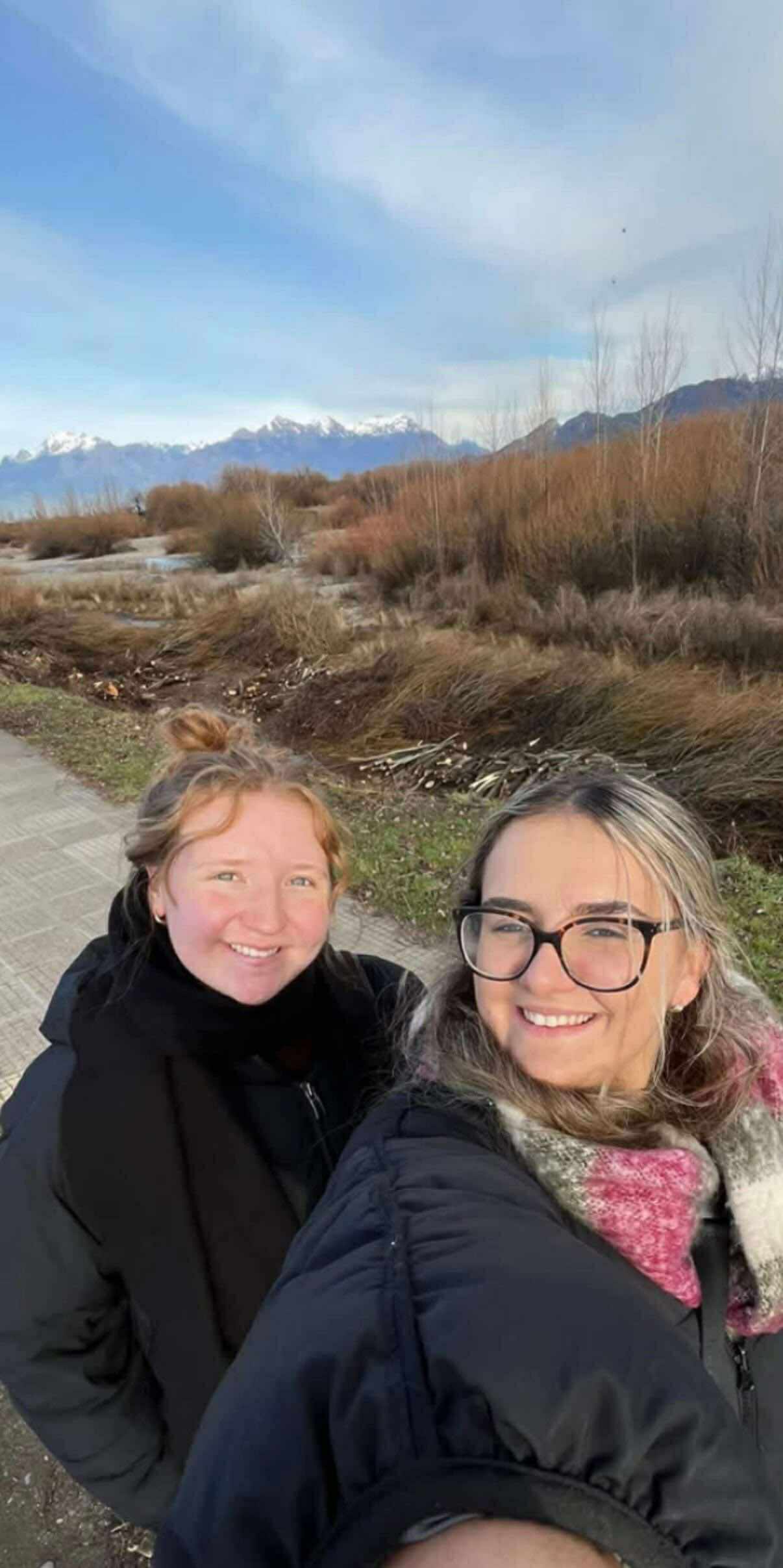This festival, known locally as Dio de los Muertos, at first sounds slightly similar to Halloween, but it is actually far from it. The Day of the Dead festival, which happens annually from October 31st to November 2nd in Mexico, is a celebration of the lives of deceased loved ones. It is characterized by the iconic, vibrant skulls and flowers used as decoration, which have now become staples in the Halloween costume department. The festival is not only about paying respects for the deceased but also finding the humour in death: many festival traditions could be classed as light-hearted.
The festival originates from the Aztec month-long tradition of celebrating the dead and the Goddess of the Underworld, Mictecacihuatl. From the 14th to 16th century, when the Aztecs lived, they would give offerings to the Goddess of household items and food. The festival, however, decreased in length significantly as a results of colonisation: when the Aztecs were forcibly converted to Catholicism in 1519 by the Spanish colonisers, the festival was shrunk to three days instead of a month. The reasoning for this was to align the festival with Catholic traditions of Allhallowtide; All Saints’ Day on November 1st and All Souls’ Day on November 2nd. The combination of the Ancient Aztec tradition and the Spanish Catholic holidays create the Day of the Dead as we know it now.
The traditions during the Day of the Dead festival include visiting graves with gifts of their favourite food and drinks and building alters at home, locally called Ofrendas. These alters usually feature two levels, one to represent heaven and one for hell. However, some people comically use a third to represent purgatory. Other, more light-hearted traditions include gifting candy sugar skulls and writing fake epitaphs (gravestone headings) to prank family and friends known as calaveras literarias.
Marigold flowers are native to Mexico and Central America and are believed to attract the souls of the deceased. These flowers are called Flor de Muerto (Flower of Dead). The starter of the holiday, which is midnight on November 1st is Dia de los Angelitos (Day of the little angles). It is believed that the spirits of all the deceased children reunite with their families for twenty-four hours. Families construct an Ofrenda, the favourite sweets, toys, and snacks of the deceased child. The names of the once loved children will be often written on a sugar skull.
The following midnight, November 2nd, is Dia de los Difuntos (Spirits of the adults). It is now the turn to honour the deceased lives of the adults, similarly to the prior night. However, the Ofrendas have more an adult-like theme this time, such as tequila. The village band plays while families reminisce about their loved ones and play games together. And finally, Dia de los Muertos (Spirits of all the dead) which takes place on November 2nd noon. Calavera (Skeletons) painted faces and parades in the streets, a beautiful celebration to honour their ancestors and the once loved deceased.
Words by Molly Derrick and Kani Abdullah
Featured image courtesy of Nick Fewings via Unsplash. No changes have been made to this image. Image licence found <a href="http://Photo by <a href="https://unsplash.com/@jannerboy62?utm_source=unsplash&utm_medium=referral&utm_content=creditCopyText">Nick Fewings</a> on <a href="https://unsplash.com/photos/white-and-red-ceramic-skull-figurine-I3C_eojFVQY?utm_source=unsplash&utm_medium=referral&utm_content=creditCopyText">Unsplashhere.



